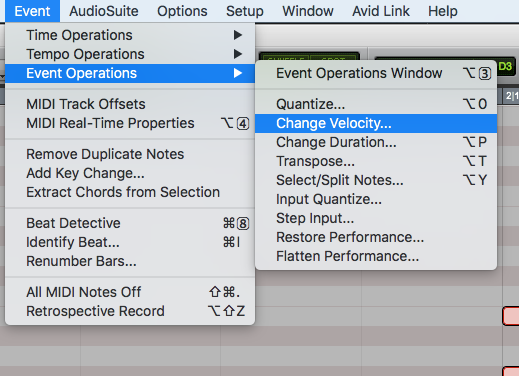


If we're not worried about the direction the object of interest has moved in then we can refer to the result as speed. So, hopefully we all know that if you know how far something's moved and you know how long it took to move that we can calculate its speed? Essentially, we take how far it's moved and divide it by how long it took to move. Of course, I appreciate that maths (yes, I'm English - we invented the language and that's what we call it) isn't necessarily everyone's cup of tea, but don't fret, I'm no mathematician so I'll do my best to take the worst of the sting out of the following explanation. Now, if you've learned anything from my blog posts it's the power of understanding where your data comes from and it's because of the three points I just listed that I think it's important that you understand how we get velocity from force. The work performed and the power achieved by moving it.How then, can we go from knowing how hard something is pushed or pulled to knowing how fast it moves? Well, this is an important question because being able to calculate how fast something moves lets us calculate the following. We also know that force is how hard you push or pull something.

So, we now know that we can get an awful lot of fascinating and useful information from simple tests performed on a force plate measurement system.


 0 kommentar(er)
0 kommentar(er)
